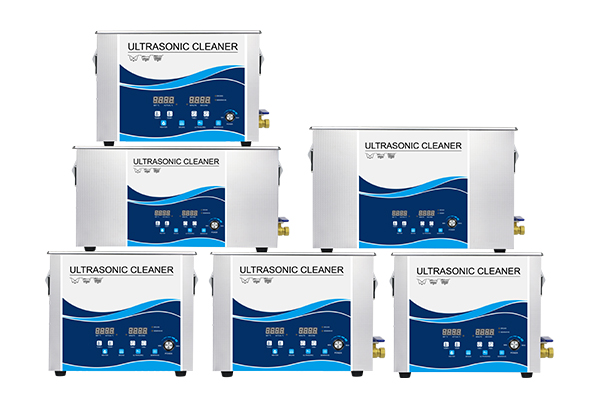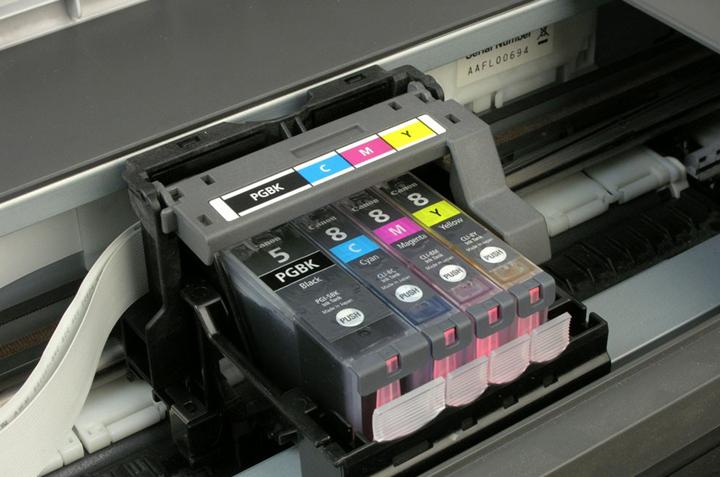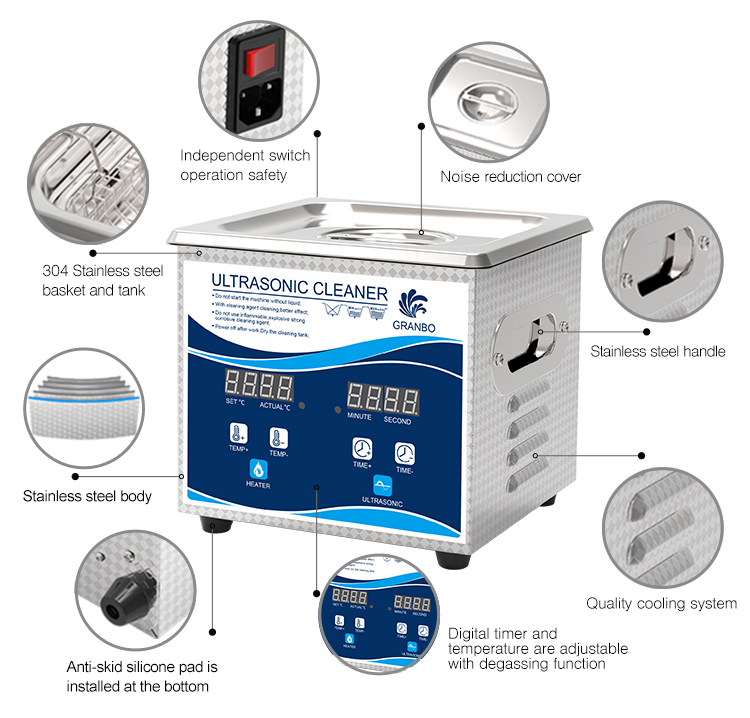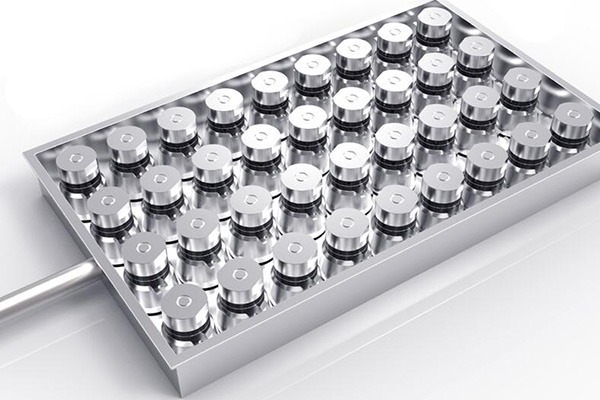If you wear dentures, retainers, or dental aligners, chances are you’ve come across Efferdent tablets—those fizzy little disks that promise to banish stains, kill odor-causing bacteria, and leave your appliance looking like new. On the other hand, ultrasonic cleaners have quickly become the go-to device for achieving a deep, hands-free clean. But here’s where curiosity strikes: what if you combine the two? Can Efferdent be used inside an ultrasonic cleaner to achieve even better results?
At first glance, the idea seems reasonable. After all, both the cleaner and the tablet serve a similar purpose—removing buildup and improving hygiene. But dig a little deeper, and you’ll find this question isn’t as straightforward as it seems. While some users swear by the combination, others warn of damage to their devices or dental gear. So what’s the truth?
Let’s unpack the science, examine the pros and cons, and separate internet myth from medically-sound advice.

The Promise of Ultrasonic Cleaning Meets Effervescent Power
Ultrasonic cleaning works by creating high-frequency sound waves in a liquid bath, generating millions of microscopic bubbles that implode in a phenomenon called cavitation. These tiny implosions produce energy strong enough to lift grime from the smallest crevices—something manual brushing or soaking alone can never achieve.
Efferdent, on the other hand, is a chemical cleaner. It contains sodium bicarbonate (baking soda), sodium perborate (a bleaching agent), and other effervescent agents designed to remove plaque and stains while disinfecting at the same time. It’s gentle enough for oral appliances but powerful enough to leave a visible difference after a 15-minute soak.
Now, combine these two forces—chemical and mechanical cleaning—and it’s easy to imagine a supercharged result. But real-world use doesn’t always follow theory.
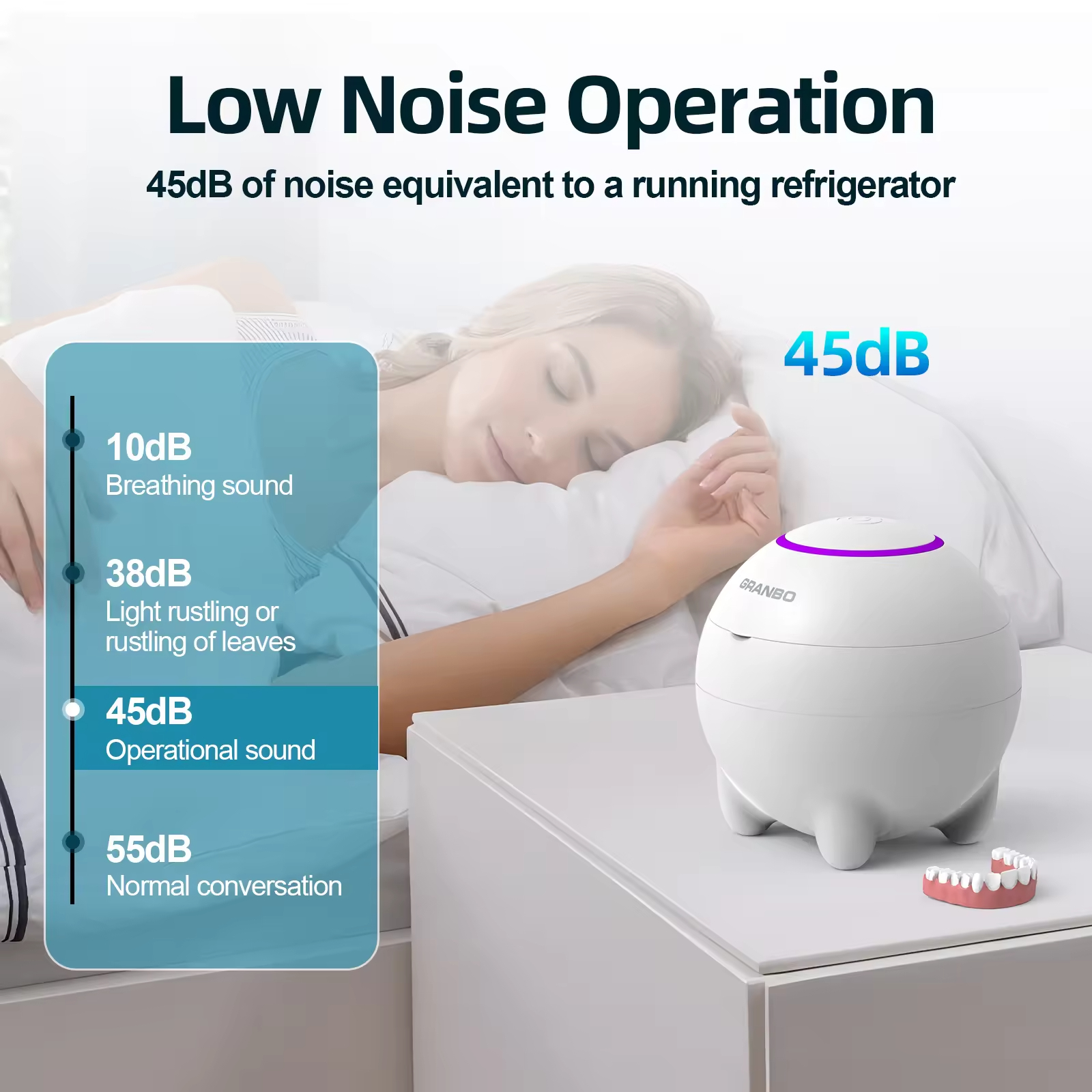
What Happens When You Mix Efferdent with Ultrasonic Cleaning?
To understand whether this is a safe practice, we need to look at what each cleaning method brings to the table—and how they interact.
When you drop an Efferdent tablet into water, it immediately begins releasing gas and active cleaning agents. Sodium perborate, one of the core ingredients, breaks down into hydrogen peroxide, a mild bleaching agent. This process creates a lot of fizzing and bubbling, which is great for dislodging grime on its own.
Now add ultrasonic waves to the equation. Those same bubbles that Efferdent produces will interact with the cavitation bubbles generated by the ultrasonic machine. The outcome? It can go two ways.
In theory, the two processes can complement each other. The ultrasonic action can amplify Efferdent’s reach into tiny gaps, while the chemical solution softens debris for easier removal. But in reality, things get messy. Too many bubbles in the cleaning bath—especially the large, unstable ones caused by the tablet—can actually disrupt cavitation. This is known as “bubble shielding,” where large bubbles prevent ultrasonic energy from penetrating evenly across the bath. Instead of more power, you get less effective cleaning.
Worse still, some chemical ingredients in Efferdent are not designed to be agitated at ultrasonic frequencies. While not dangerous in the explosive sense, they can degrade or become unstable with prolonged exposure to the intense micro-energy bursts inside the tank. This degradation can lead to residue buildup inside the cleaner and on your appliance, defeating the entire purpose of cleaning.
Is Efferdent Harmful to Ultrasonic Cleaner Tanks?
Another concern people often overlook is the ultrasonic device itself. Most home ultrasonic cleaners are built with aluminum alloy or stainless steel tanks. They are robust, but not invincible—especially when used with chemical additives not designed for them.
Efferdent’s mildly acidic or alkaline composition (depending on the formula) may not immediately damage the tank, but over time, frequent exposure can cause pitting corrosion, especially if the cleaner is left unflushed after each use. What’s more, residual film from undissolved tablet particles may get into the crevices of the transducer (the part responsible for generating ultrasonic waves) and reduce its lifespan.
Manufacturers of ultrasonic cleaners typically recommend neutral pH solutions specifically designed for ultrasonic use. These solutions are formulated to avoid foaming, minimize residue, and extend the life of both the equipment and the items being cleaned. In contrast, Efferdent is formulated for soaking, not sonic agitation.
When Is Efferdent Effective Without an Ultrasonic Cleaner?
Efferdent was originally designed for denture care. It excels at removing plaque, mild stains, and odor-causing bacteria from removable oral appliances. If you simply place your dentures, retainers, or night guards in a glass of warm water with an Efferdent tablet and let it soak for 15 minutes, you’ll already notice visible improvement. The fizzing action reaches most of the surface area and loosens biological buildup. For everyday users, this is often more than enough—especially if you follow up with a gentle brushing.
Beyond dentures, some people use Efferdent to clean items like mouthguards, partials, or even jewelry. While this works in a pinch, there are limits. Efferdent can leave behind a chalky residue if the item has too many crevices, and it’s not formulated for materials like certain metals or gemstones. Soft, porous, or treated stones like turquoise or opals, for example, can react poorly to even mild chemical solutions.
So if Efferdent works fine on its own—why involve an ultrasonic cleaner at all?
That’s a fair question. After all, Efferdent has been used for decades as a stand-alone soaking solution. You drop the tablet in a cup of warm water, wait a few minutes, and the fizzing does its job. Simple, effective, and accessible.
But the game changes when you add ultrasonic energy into the mix. Ultrasonic cleaners operate on a completely different principle: they generate high-frequency sound waves that produce microscopic bubbles in the liquid. These bubbles collapse rapidly, creating tiny shockwaves that dislodge particles even from crevices you can’t see, let alone reach by brushing or soaking.
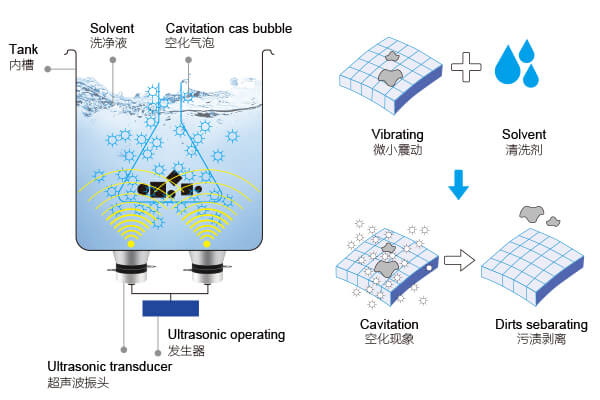
Efferdent, by itself, can help loosen surface stains and disinfect to a degree—but it lacks mechanical action. An ultrasonic cleaner, on the other hand, brings mechanical action into play. The pairing of both can lead to a synergistic effect: chemical cleaning meets physical agitation.
That’s why many users experiment with combining the two—to go beyond what either can do alone. Especially for appliances with fine meshwork, retention grooves, or porous materials like soft liners, the additional boost from ultrasonic cavitation can be a game-changer.
However, this potential benefit comes with tradeoffs, especially when the chemical is not formulated for ultrasonic use. Hence, the importance of understanding when and how to combine them safely.
Efferdent vs. Ultrasonic Cleaning Solutions: What’s the Real Difference?
At first glance, Efferdent and ultrasonic-specific solutions may seem similar. Both fizz, both claim to remove grime, and both offer antibacterial benefits. But under the surface, the chemistry tells a different story.
Efferdent is designed to work passively, relying on a slow, controlled chemical reaction to lift debris from soft, wet surfaces like dentures. It contains ingredients such as sodium bicarbonate (baking soda), citric acid, and sodium perborate. These are great for soaking situations but were never formulated to be vibrated at ultrasonic frequencies. When used in a high-frequency environment, these ingredients can create excessive foam, uneven cavitation, or even leave a sticky residue on your cleaner’s inner walls. Worse, they might degrade sensitive materials over time.
On the other hand, ultrasonic-specific solutions are carefully balanced for use in a cavitating environment. They typically have:
- Low-foaming surfactants that ensure efficient cavitation without disrupting bubble formation
- Corrosion inhibitors to protect metal parts and the ultrasonic tank itself
- Enzymatic or neutral pH formulas that are gentle yet effective on a wide range of materials
- Clear rinsing behavior, which means less residue and better long-term hygiene
Ultrasonic cleaners operate by creating microscopic vacuum bubbles that implode on the surfaces of your item. If the cleaning solution interferes with this process, the entire cleaning cycle is compromised. That’s why dedicated solutions tend to outperform multi-purpose options like Efferdent in these machines.
What Happens to Your Ultrasonic Cleaner If You Use Efferdent?
Let’s say you go ahead and add Efferdent to your machine. What might go wrong?
Firstly, the tank’s transducers—the heart of any ultrasonic device—are highly sensitive. A residue-rich or foaming solution can hinder their performance or even cause damage over time. You may also notice a drop in cavitation efficiency, which defeats the whole point of ultrasonic cleaning.
Secondly, you risk staining or etching the tank’s surface. Many Efferdent tablets include dyes or brighteners to leave dentures looking fresher. When used in an ultrasonic environment, especially at elevated temperatures, these ingredients can bond with the inner surfaces of the cleaner. Some users have reported a blue or white haze inside their tanks after repeated use of tablets.
Lastly, your item itself may suffer. Dentures with metal clasps, aligners with microtexturing, or retainers made from soft plastics can all react unpredictably to both the ultrasonic energy and the chemical profile of Efferdent.
It’s like putting car shampoo in a dishwasher—it may be technically “soap,” but it’s not what the system was designed for.
Safer Alternatives for Ultrasonic Cleaning: What Should You Use Instead?
If Efferdent is not ideal, then what is the right way to enhance cleaning results in your ultrasonic cleaner—especially when dealing with retainers, dentures, aligners, or even jewelry?
The answer depends on your goals. Are you targeting visible buildup like tartar and stains? Or are you more concerned about microbial decontamination and hygiene maintenance?
For Dental Appliances: Use Neutral-pH Ultrasonic Cleaning Solutions
Specialized ultrasonic cleaners designed for dental products typically use enzyme-based or neutral-pH solutions. These formulas are gentle on acrylics, safe for metal parts, and effective at breaking down protein-based residues like plaque, biofilm, and food particles.
Enzymatic ultrasonic solutions often include proteases or lipases that actively digest organic grime. They are designed to complement the cavitation effect—meaning they amplify the results without introducing extra risks like foaming or residue.
Many reputable brands such as iSonic, BonaDent, or MedCleanse offer such solutions. These can be found through dental supply distributors or online marketplaces, and they usually come with clear instructions regarding dilution ratios, temperature control, and cycle time.
For Jewelry: Go with Non-Ammoniated, Low-Surfactant Liquids
Jewelry presents a different set of concerns. Many pieces contain delicate stones, plated metals, or glued components. In these cases, it’s important to avoid harsh chemicals like ammonia or alcohol, which can degrade adhesives or dull soft stones.
Instead, choose an ultrasonic solution specifically marked “safe for jewelry” and ensure it’s free of ammonia and low in surfactants. A few options also include anti-tarnish agents to help maintain shine.
What About DIY Solutions? Can I Mix My Own?
Some users wonder if they can just make their own mix using gentle ingredients like baking soda or dish soap. The truth is—yes, to a point, but with caveats.
A few drops of mild, non-foaming dish soap (like those labeled as low-suds or formulated for automatic dishwashers) can enhance cleaning performance. However, avoid using too much. A foamy solution not only interferes with cavitation but may cause overheating or spills if your machine does not have a lid with good sealing.
As a rule of thumb, if your homemade mixture starts to foam noticeably during cleaning, you’re likely using too much or the wrong type of detergent.
If you choose to go the DIY route, always test the mixture with a soft item and monitor the results. If your items emerge with residue, clouding, or feel sticky, switch back to commercial-grade solutions.

